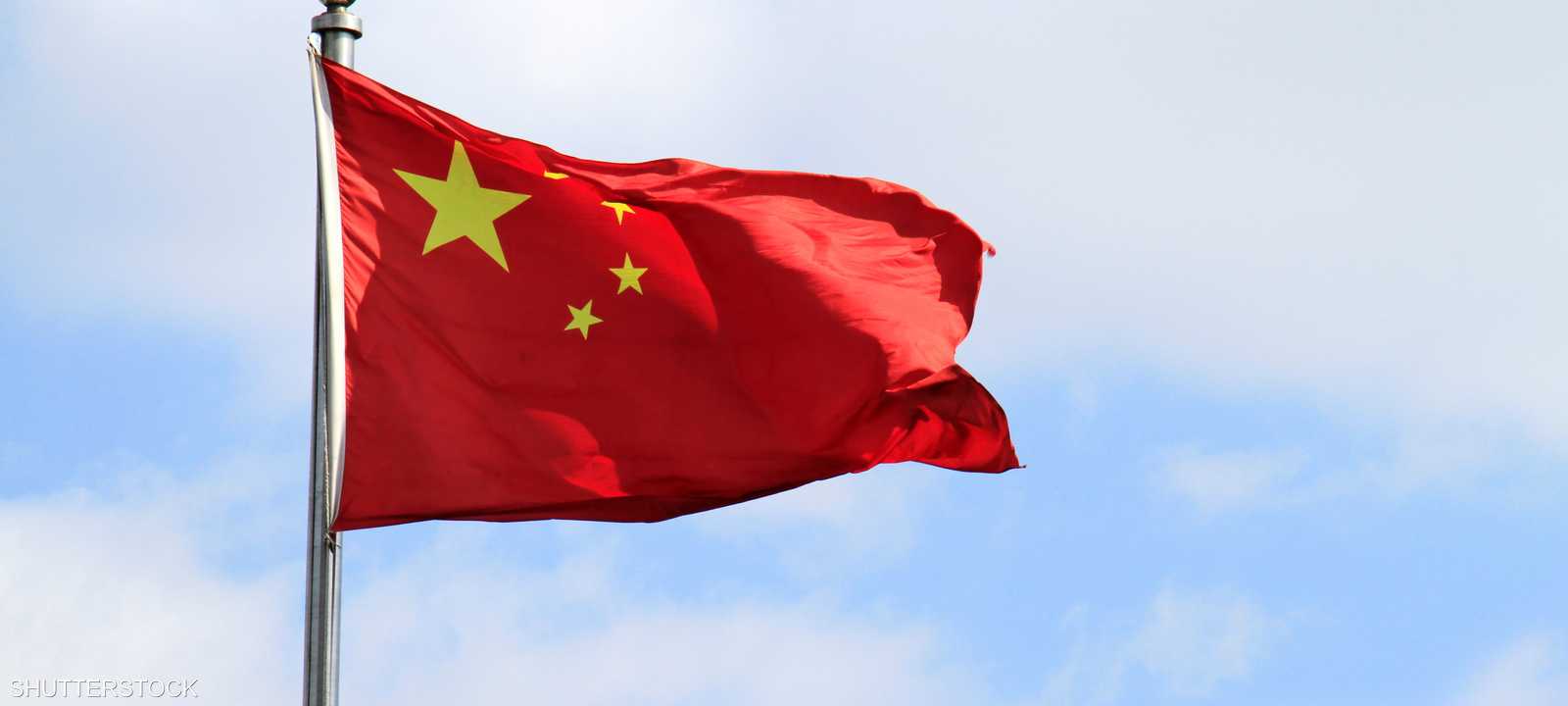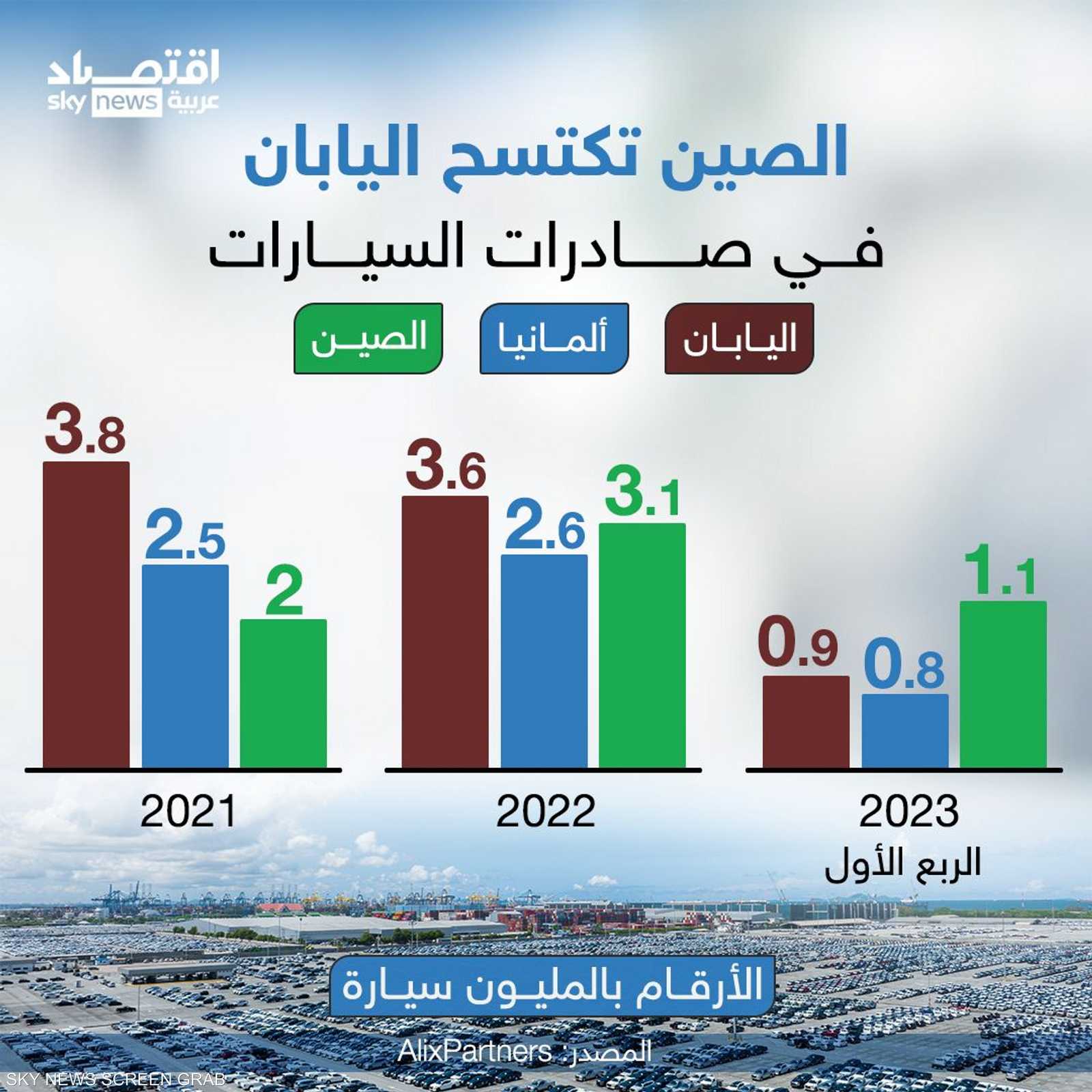
China
Li Hui, an official of the National Development and Reform Commission, said that China’s economy has great flexibility, potential and vitality, and the basis for maintaining long-term growth has not changed. Positive factors that promote the overall improvement of the economy.
According to China News Agency, Li Keqiang said that China’s complete industrial system, abundant resources, enhanced industrial security and supply chain security will help strengthen the resilience and ability of the Chinese economy to resist shocks.
Li Keqiang expressed that China also has the world’s largest consumption potential, strong investment demand in public services, infrastructure and other fields, and the competitiveness of export products and services is constantly increasing.
The person in charge said that China has the confidence, conditions and ability to implement various policies to further optimize the economic structure, enhance growth momentum, and promote new progress in economic development.
Li Keqiang pointed out that my country’s economy is currently facing some risks and challenges, and the foundation for sustainable recovery is not yet solid. The international political and economic situation is complicated, and unstable and uncertain factors such as the downward pressure on the global economy and the economic situation will also affect the country.
According to data released by the National Bureau of Statistics yesterday (Monday), China’s GDP in the first half of 2023 will increase by 5.5% year-on-year to 59.3 trillion yuan (about 8.3 trillion U.S. dollars), while the country’s GDP is the second largest. Quarterly product growth was 6.3% year-over-year.
China’s consumption is expected to continue to improve in the second half of the year as new policies begin to be implemented, Bloomberg quoted Sheng Guoping, vice minister of commerce, as saying. He added that consumption of home appliances and furniture was weak due to various factors, suggesting that boosting consumption of home appliances and furniture would help consumer spending.
Under the plan jointly drawn up by 13 ministries, local authorities will encourage citizens to renovate their homes while facilitating their access to loans to buy household appliances.

The plan comes a day after China announced weaker-than-expected growth in the second quarter of the year, slowing retail sales, a deteriorating housing market and youth unemployment rising to a new high.
China’s Ministry of Commerce said on its website that the 11-point stimulus plan aims to unleash the potential of private consumption, adding that it will provide support for consumers to buy new smart home devices, and regions with conditions will provide “appropriate” support or low interest rates loan. Buy low-carbon building materials.
Encourage financial institutions to increase loan subsidies for the purchase of daily necessities. Meanwhile, loan terms and interest rates will be set at “acceptable” levels.
Meanwhile, the People’s Bank of China (PBOC) injected 15 billion yuan ($2 billion) into the banking system Tuesday through reverse repurchase operations for seven days at an interest rate of 1.9 percent.
The reverse repurchase operation, also known as “reverse repurchase”, is an operation in which the central bank purchases securities from commercial banks through bidding and agrees to sell them to commercial banks in the future. The central bank stated that this mechanism aims to maintain a reasonable and sufficient cash liquidity in the banking system.
On Monday, the central bank released 103 billion yuan ($14.44 billion) over a one-year period at an annual interest rate of 2.65 percent through a medium-term lending facility, and 33 billion yuan through a seven-day period at an interest rate of 1.9 percent. reverse repurchase operations.
In the first half of 2023, China’s National Development and Reform Commission also approved 91 fixed asset investment projects with a total investment of 701.1 billion yuan (about 98.12 billion U.S. dollars).
Kim Hyun-dong, an official of the committee, said that these projects are mainly concentrated in the fields of energy, high-tech, transportation and water conservancy.
According to data from the National Bureau of Statistics, from January to June 2023, my country’s fixed asset investment increased by 3.8% year-on-year to 24.31 trillion yuan.
China economy .. data misses expectations, confuses markets
Fixed asset investment includes spending on infrastructure, real estate, machinery and other physical assets.
China’s National Development and Reform Commission, on the other hand, said China has enough power to meet summer demand even in high temperatures.
As of the end of June last year, coal storage at power plants reached a record 199 million tons, National Development and Reform Commission spokesman Jin Xiandong said at a news conference in Beijing on Tuesday.
China, Asia’s largest economy, has boosted domestic coal production and imports this year to reduce the frequency of economically damaging power outages in 2022.
However, Beijing’s efforts are being tested by heat, with China’s Xinjiang region experiencing its highest ever recorded temperature of 52.2 degrees Celsius (126 degrees Fahrenheit) on Monday.
Recent rains in southwestern China’s Sichuan province have also helped boost storage levels, easing the region’s energy crisis, Xinhua reported.
Sichuan province relies on hydropower to export electricity to the rest of China, saving energy in hot and dry conditions.
Amer Al-Shobaki: Oil demand growth will come from China
